How to Store Car Battery (7 Easy Steps)
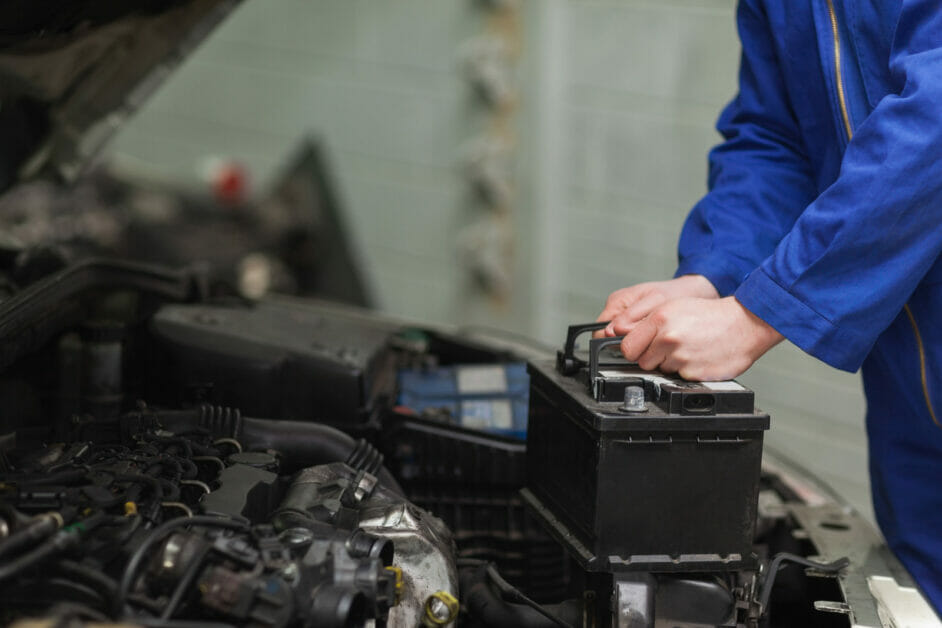
Now I’ve seen some wild methods for storing car batteries, but the truth is, it’s all about cleanliness and protection. I’ll walk you through the proper methods for inspecting, cleaning, and securing your battery before storage.
Following these guidelines will give you everything you need to keep your car battery in tip-top shape.
Overview of Steps for Car Battery Storage Preparation
| Steps |
|---|
| Step 1: Choosing the Right Storage Location |
| Step 2: Inspecting the Battery |
| Step 3: Cleaning the Terminals |
| Step 4: Checking Electrolyte Levels |
| Step 5: Ensuring a Fully Charged State |
| Step 6: Using a Battery Maintainer (Optional) |
| Step 7: Regular Recharging during Storage |
Step 1. Choosing the Right Storage Location
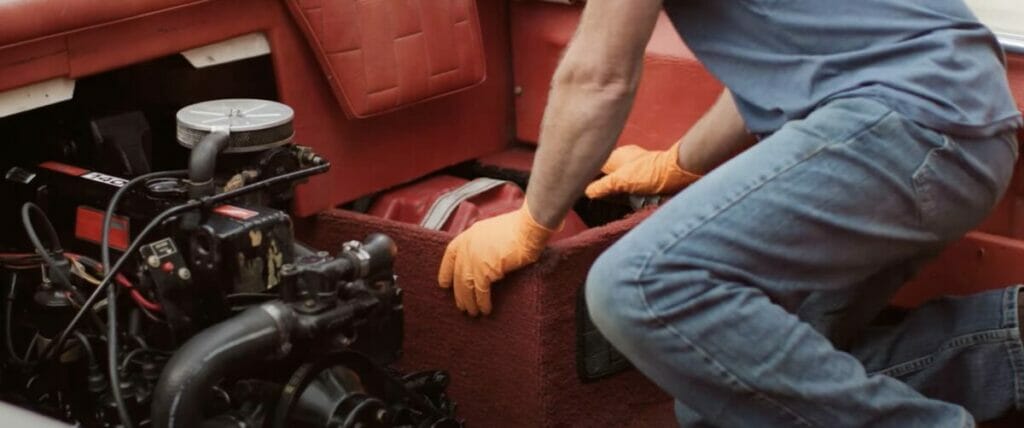
Temperature Considerations
Temperature plays a vital role when it comes to storing car batteries.
The ideal storage temperature is between 32°F (0°C) and 77°F (25°C). Batteries love to be in a cool and dry environment. Excessive heat or cold can cause them to discharge faster, which is no good.
Humidity Factors
I’ve seen my fair share of garages, and humidity is often overlooked. But it’s time to pay attention!
High humidity can cause corrosion on battery terminals, while low humidity might lead to water evaporation from the electrolyte.
So, always keep it balanced – between 45% and 85% relative humidity is your sweet spot.
Concrete Floor vs. Dry Location
There’s an age-old debate about storing car batteries on a concrete floor. Well, folks, I’m here to put that myth to rest! It’s totally fine to store your car battery on a concrete floor.
But, you know what’s more important? Keeping the battery clean and dust-free. Dust can cause a bit of discharging, so make sure you cover it up when you leave it for longer periods.
Storing your car battery in a dry location, like your garage floor, works just as well.
As such, with my tips on temperature, humidity, and the great concrete floor versus dry location debate, you can store your car battery like a pro!
Step 2. Inspecting the Battery
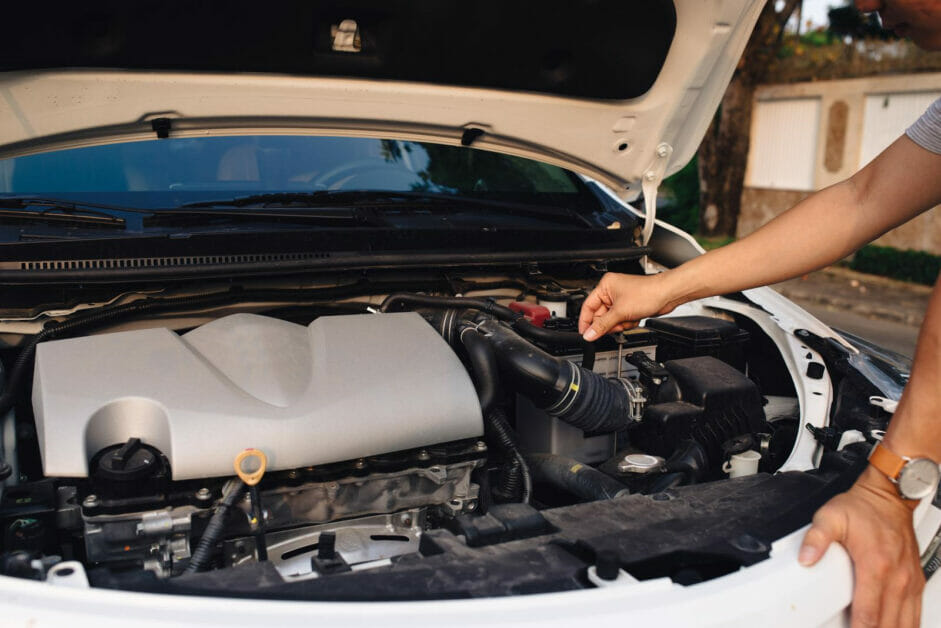
Before storing our car batteries, it’s essential to inspect them thoroughly. I always start by checking for any visible damage to the case, such as cracks or bulges.
If there’s any leakage, we’ll want to address that, too. Look for signs of corrosion or rust on the terminals – these could lead to issues down the line!
Step 3. Cleaning the Terminals
Now, let’s get those terminals sparkly clean. I recommend using a mixture of baking soda and water to remove any corrosion, rust, or other build-up on the terminals.
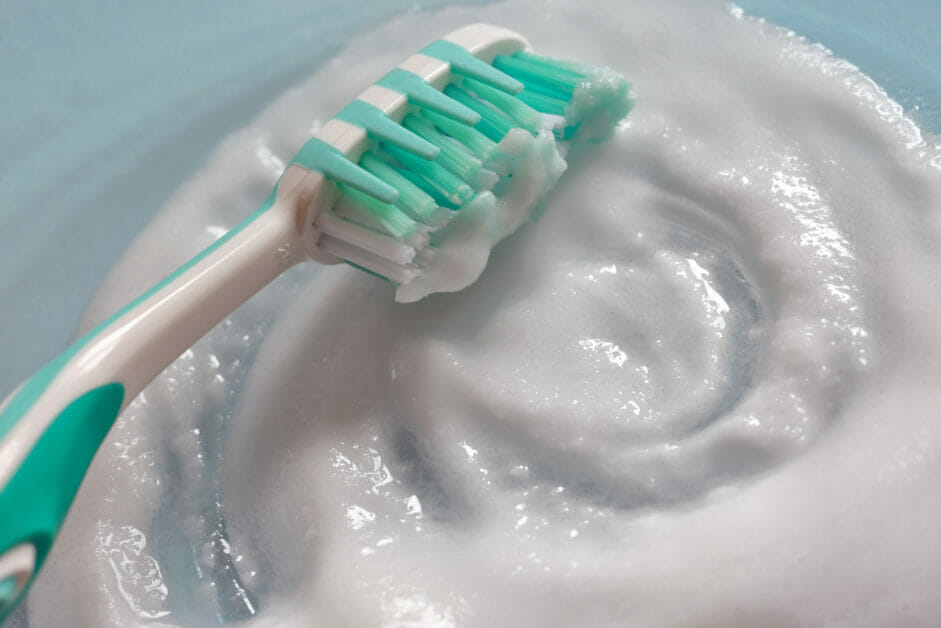
Put some gloves on, grab an old toothbrush, and scrub away! Ensure you rinse them well with distilled water afterward and dry them thoroughly to prevent moisture-related damage.
Step 4. Checking Electrolyte Levels
Finally, it’s time to check the electrolyte levels in the cells of our batteries. Pop open those cell caps and take a peek inside each one.
The electrolyte level should be above the plates but not exceeding the maximum line. If needed, carefully top off the cells with distilled water – but remember, never overfill them!
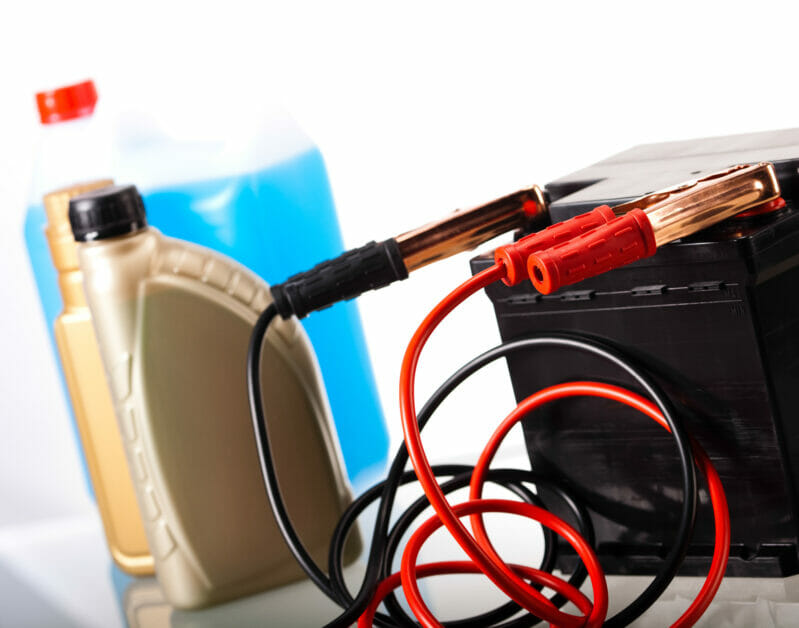
Overfilling could lead to leakage and cause damage to the battery. Following these simple steps, you’re setting your car battery up for successful storage.
Keep it safe, and it’ll be ready to roll when you need it again!
Step 5. Ensuring a Fully Charged State
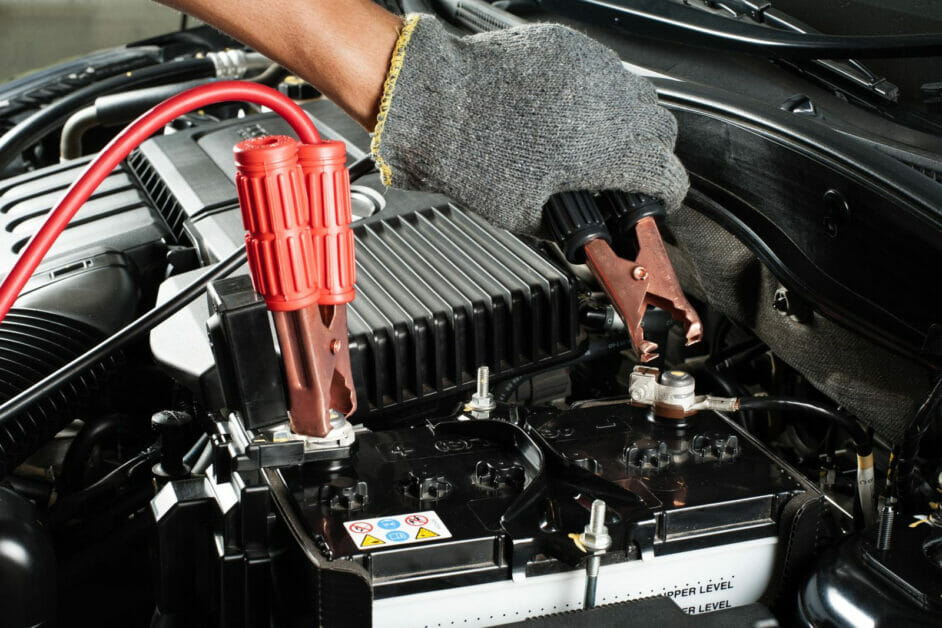
Let me tell you, folks, nothing beats having a fully charged car battery when it comes to storage. When your battery is stored, it loses its charge, and the risk of sulfation increases.
That’s why, before you even consider storing the battery, you must ensure it has enough juice.
To do this, I like to use a trusty battery charger. Hook it up, set the charge rate, and let it go to work. Pro tip: slow charging is great for the battery life, so take your time!
You’ll want to check the voltage to ensure it’s fully charged and ready for storage.
Step 6. Using a Battery Maintainer (Optional)
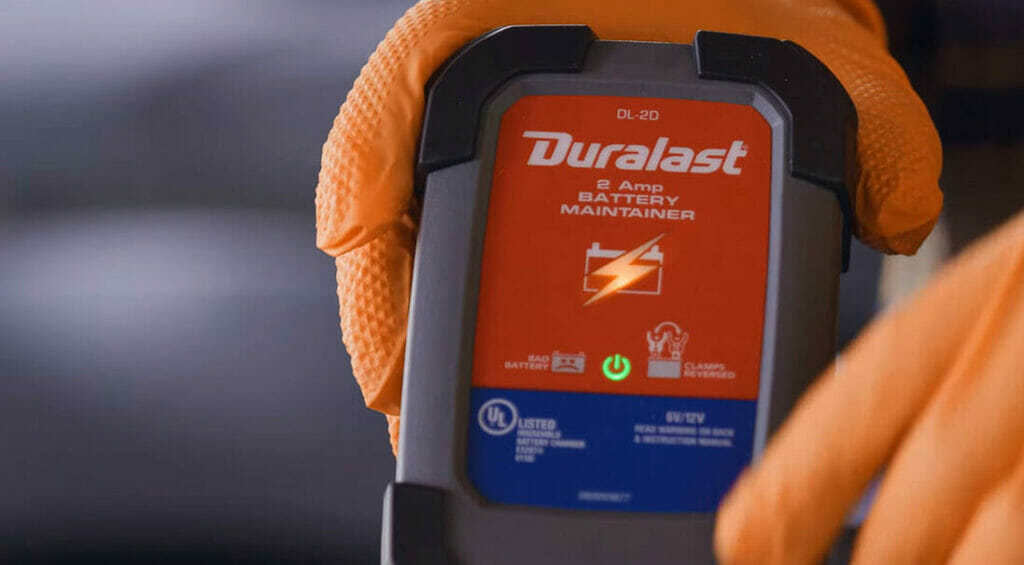
Now hold on because I’ve got a fantastic solution that’ll help keep your battery in tip-top shape while it’s stored: a battery maintainer!
A battery maintainer is a device that provides a small trickle charge to your battery, ensuring it stays at the optimal charge level.
This little miracle worker will help prevent sulfation, ensuring your battery lasts as long as possible.
Step 7. Regular Recharging during Storage
Now, if you don’t have a battery maintainer, don’t sweat it! I have another solution to keep your battery in prime condition while it’s stored.
Remove your battery from storage every few weeks and connect it to a charger. Make sure you bring it back to the recommended maintenance charge.
Remember that your battery’s capacity might drop a bit during storage. But don’t worry! By regularly recharging and taking good care of your battery, you can maintain its overall battery life.
Types of Car Batteries and Storage Considerations
Now, let’s talk about the different types of batteries and how to store them:
Lead-Acid Battery
Ah, the good old lead-acid battery. This is the most common type of battery you’ll find in gasoline and diesel-powered vehicles.
- First, make sure your battery is fully charged before storage.
- Store it in a cool, dry, and well-ventilated area. Avoid extreme temperatures, as they can cause your battery to deteriorate faster.
- Keep the battery off the ground and on a shelf or wooden pallet to prevent it from sitting in puddles or dampness.
AGM and Gel Cell Battery
Next up, we have AGM (Absorbent Glass Mat) and Gel Cell batteries. These are popular in high-performance vehicles, boats, and RVs.
Here’s what you need to do for long-term storage of these batteries:
- As with lead-acid batteries, give them a full charge before storage.
- Store them in a cool and dry environment. You don’t want moisture to get in there.
- Check the charge periodically and recharge as needed – these batteries have a lower self-discharge rate, which is a bonus.
Lithium-Ion Battery
Lastly, we have the increasingly popular lithium-ion battery. You’ll find these in most electric vehicles (EVs) and hybrid models.
When storing a lithium-ion battery, follow these steps:
- You’ll want to charge the battery to around 50% – not fully charged, which can lead to longer-lasting battery life.
- Lithium-ion batteries should also be stored in a cool, dry place like other batteries.
- Lithium-ion batteries have a lower self-discharge rate, so there’s less need for frequent maintenance charging.
So there you have it, folks—three types of car batteries and how to store them for optimal performance and longevity; keep the battery safe, charged just right, and away from temperature swings, and you’ll be good to go. Happy storing!
Actions to Avoid When Storing Batteries
| Actions to Avoid | Reason |
|---|---|
| Storing in High/Low Temperatures | Causes faster discharge, it can lead to battery damage |
| High/Low Humidity | Can cause corrosion or water evaporation from electrolyte |
| Storing on Dusty Surfaces | Dust can cause some discharging |
| Overfilling Electrolyte Levels | It can lead to leakage and cause damage |
| Storing Battery without Full Charge | Increases the risk of sulfation, which can reduce battery capacity and lifespan |
References
Organizations:
- Battery Council International (BCI). https://batterycouncil.org/
- International Electrotechnical Commission (IEC). https://iec.ch/
Websites:
- Battery University. https://batteryuniversity.com/
Video Reference
AutoZone
